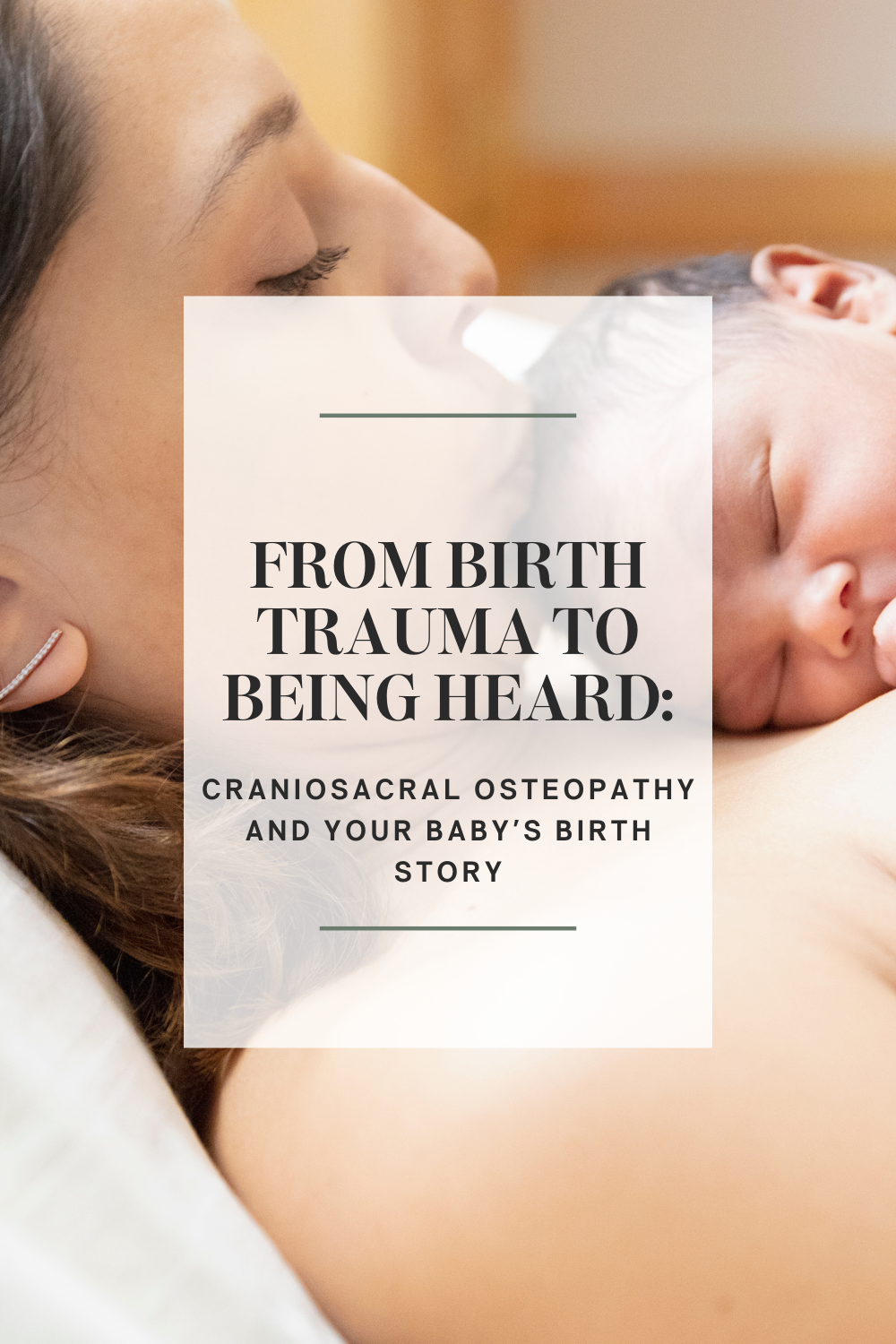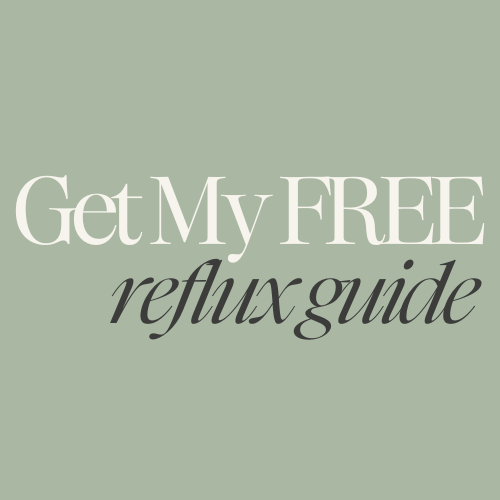From Birth Trauma to Being Heard: Cranial Osteopathy and Your Baby’s Birth Story
Every baby arrives with their own story, expressed through their movement, breath and the subtle language of their body. In those first days after birth, many babies are still finding their way. They may be unsettled, struggling with feeding or simply needing to be heard. Cranial osteopathy offers a gentle way to listen to these stories and support a baby’s natural ability to heal, regulate and connect.
The Art of Gentle Listening
Cranial osteopathy is an approach that supports the body’s natural capacity for self-regulation. It recognises an inner vitality known as the breath of life. Within every newborn there is a subtle rhythmic movement, distinct from heartbeat or breathing, that reflects balance and health. This movement, called primary respiration, expresses the deep organising forces that guide growth and healing.
Through light touch, the practitioner listens to this rhythmic flow, often referred to as the Tide. The Tide reflects the body’s inherent wisdom, a silent rhythm that continually works to maintain order. When the expression of this movement has been influenced by experiences such as birth interventions, medication or emotional and physical stress, craniosacral work helps the system to find its natural balance.
Rather than aiming to fix or direct change, the practitioner connects with stillness and trusts the organising intelligence of the Tide. In this calm and receptive space, the baby’s system often begins to soften, release tension and return to its natural rhythm of health.
Feeding Challenges and Your Baby’s Story
Feeding your baby can be one of the most incredible yet challenging parts of early parenting. Studies suggest that between 30 and 70 percent of breastfeeding dyads experience some form of difficulty and need extra support. At the same time, in Australia rising rates of intervention and caesarean sections now account for around 41 percent of births. These medical interventions can sometimes influence how babies adapt after birth, including how they feed, settle and connect.
From an osteopathic perspective, a baby may carry areas of strain or compression from birth, often around the head, neck or jaw. These areas are closely related to the cranial nerves that coordinate sucking, swallowing and digestion. Gentle, perceptive touch allows the practitioner to listen to these patterns, supporting balance regulation throughout their system. This may be especially supportive for babies who seem sleepy, disinterested in feeding or have difficulty attaching or maintaining a feed.
Every Baby Brings Their Own Story
Each baby carries their own story from pregnancy and birth, and this is often expressed through their body language. Babies do not yet have words to describe what they have been through, but their bodies can show us. The way they move, rest, feed or cry can all offer clues about how their system is adapting.
These early experiences form what is sometimes called a birth imprint. It is not a conscious memory, but rather a body memory of sensations, pressures or emotions that were absorbed during birth. For example, a baby who was nestled snugly in the pelvis may continue to prefer turning their head one way. A baby who had a hand near their face in utero might keep that same position when feeding or sleeping. If the umbilical cord was near the neck, the baby may sometimes touch that area as if remembering the experience.
When a baby’s birth feels unresolved, they might seem tense, easily startled or have difficulty settling into sleep or feeding. Cranial osteopathy offers a quiet space to listen to what the baby’s body is expressing. With gentle touch, the practitioner follows the body’s natural rhythms, allowing the system to unwind at its own pace. This process honours the baby’s story and supports them to find comfort, connection and balance.
The Impact of Birth Interventions
Every birth unfolds differently, and for many families, medical interventions are an essential and sometimes life saving part of that story. From this perspective, these experiences can also leave patterns of strain or tension in a baby’s body that reflect how they came into the world. For example, the use of forceps or a vacuum may create tightness through the cranial base or neck. Medications used during labour can alter the rhythm of contractions, increasing the intensity of pressure on both mother and baby. Caesarean births, especially after long labours or exposure to anaesthetic, may influence how a baby adjusts and regulates after birth.
These experiences may leave an imprint within the baby’s tissues and nervous system. What matters most is not the event itself, but how the baby’s system responds and adapts. Sometimes these patterns show up as tension, restlessness or difficulty relaxing. Through presence and still touch, the baby’s system can find safety, balance and ease.
From Trauma to Being Heard
At the heart of this work is listening, truly hearing what the baby’s body is communicating. Babies speak through movement, breath and sound. When they are met with empathy and understanding, their nervous system begins to shift from protection into rest and regulation.
Supporting a baby to integrate their birth is not about applying techniques or fixing; it’s about listening deeply. When parents and practitioners allow space for the baby’s story to emerge, it can be profoundly regulating. Subtle signs, a sigh, a softening of posture, a new stillness may show that the baby’s system is reorganising and finding calm.
This kind of listening helps both parent and baby feel seen and understood. It can bring a sense of relief, connection and calm as the body finds its natural rhythm once more, a quiet movement of life that flows like the Tide.
In Summary
Cranial osteopathy offers babies a gentle and safe space to express and integrate their birth experiences. It honours their story, supports their natural rhythms and helps both baby and parent find connection and ease.
Loved this post? Pin the graphic!





Every baby arrives with their own story, expressed through their movement, breath and the subtle language of their body. In those first days after birth, many babies are still finding their way. They may be unsettled, struggling with feeding or simply needing to be heard. Cranial osteopathy offers a gentle way to listen to these stories and support a baby’s natural ability to heal, regulate and connect.